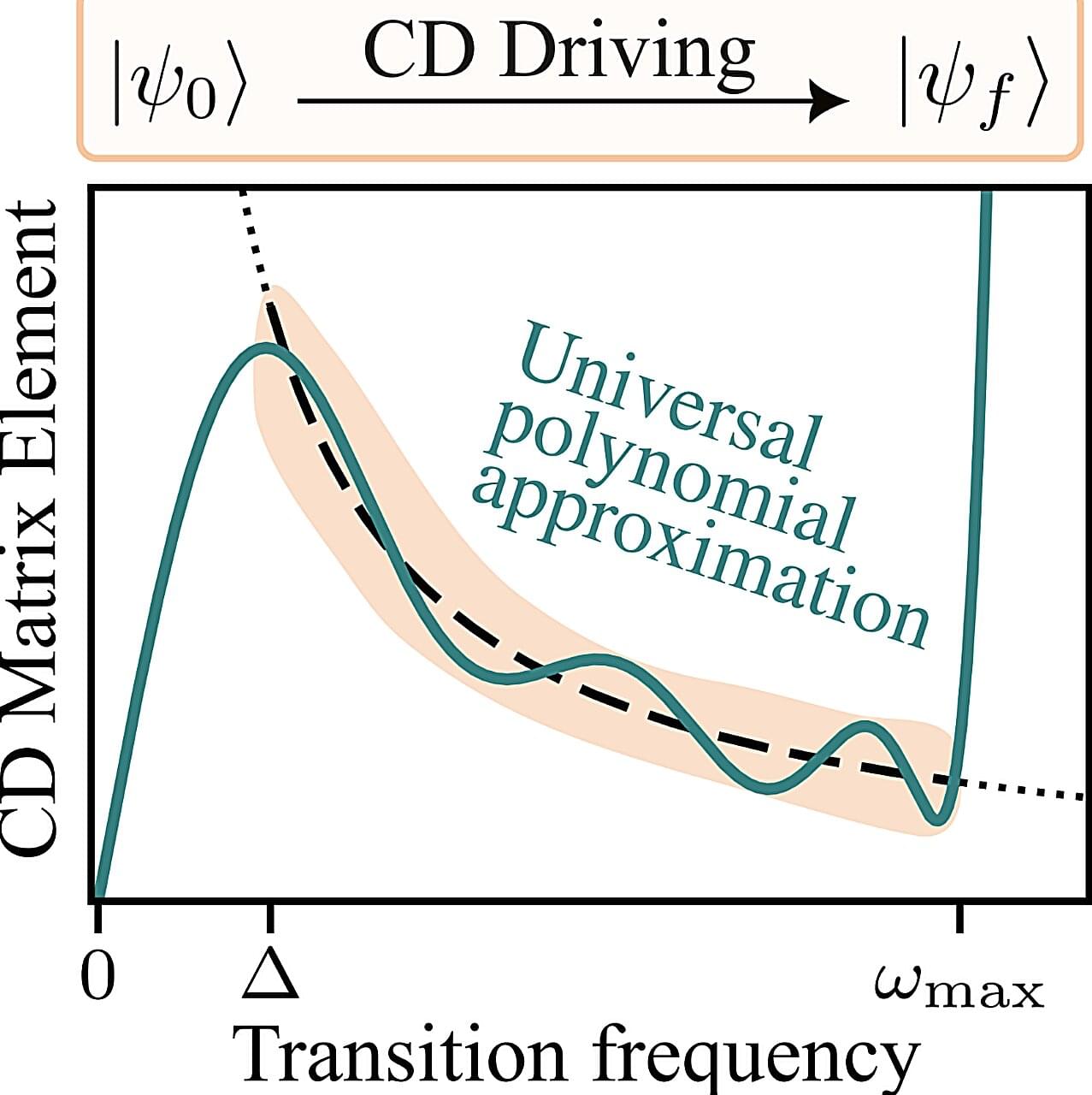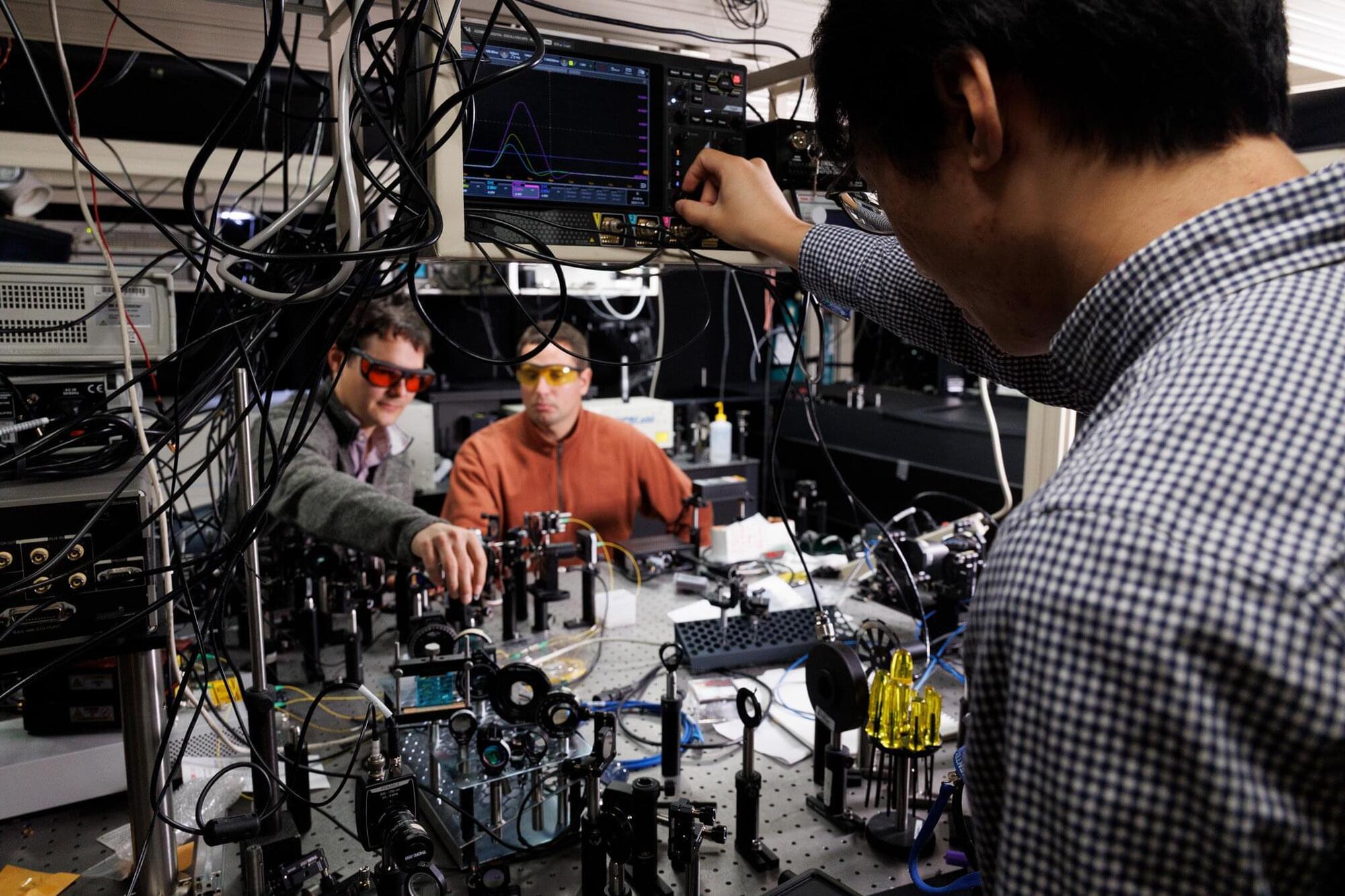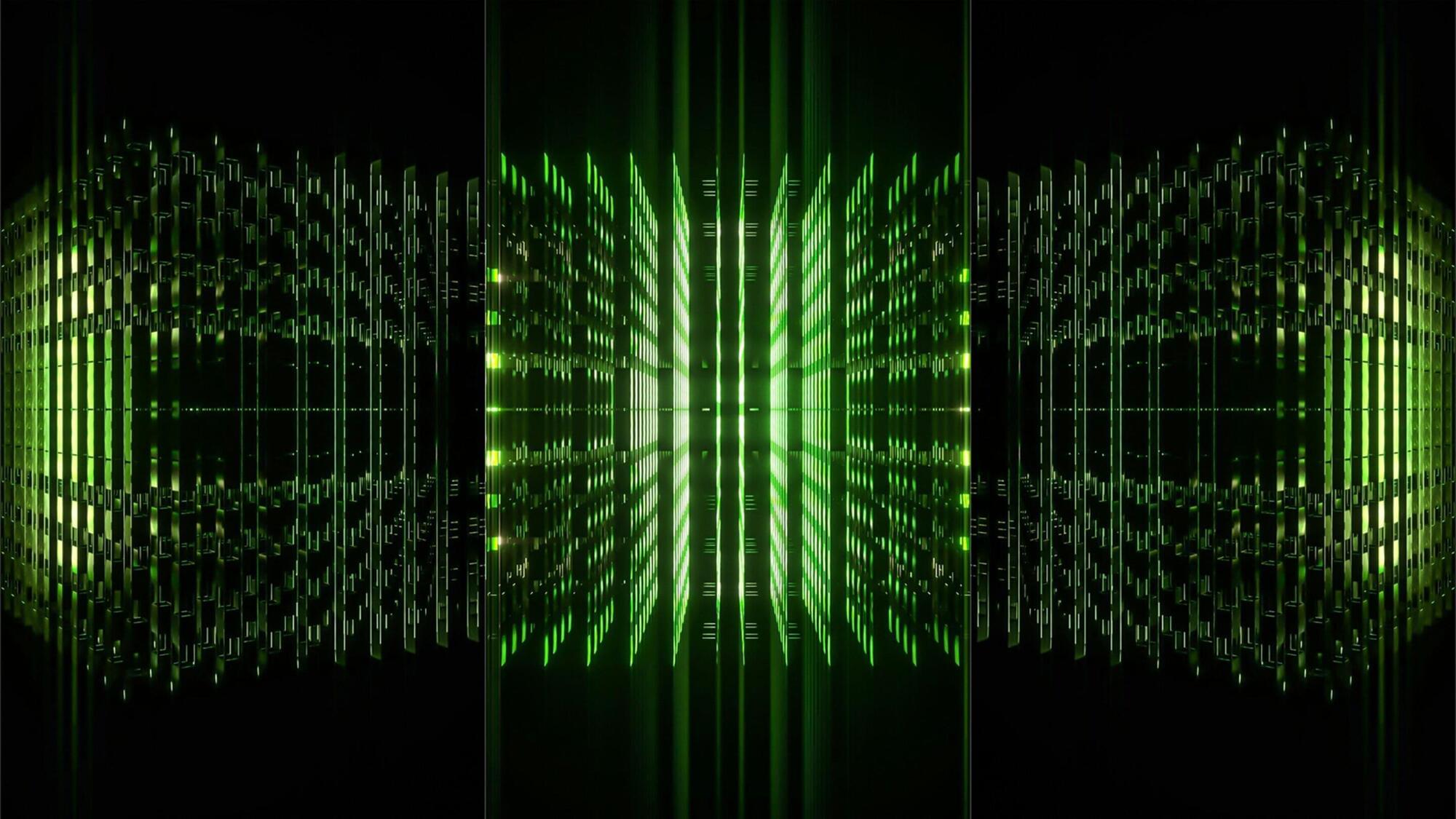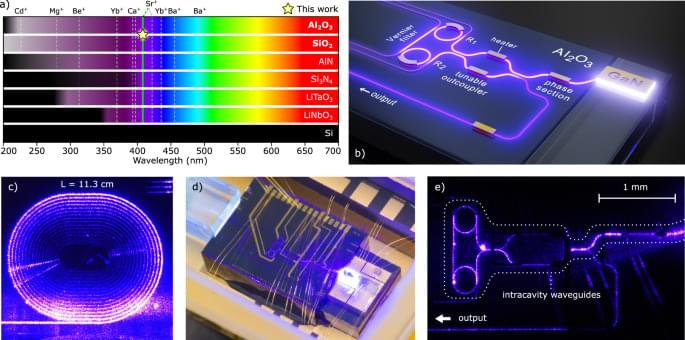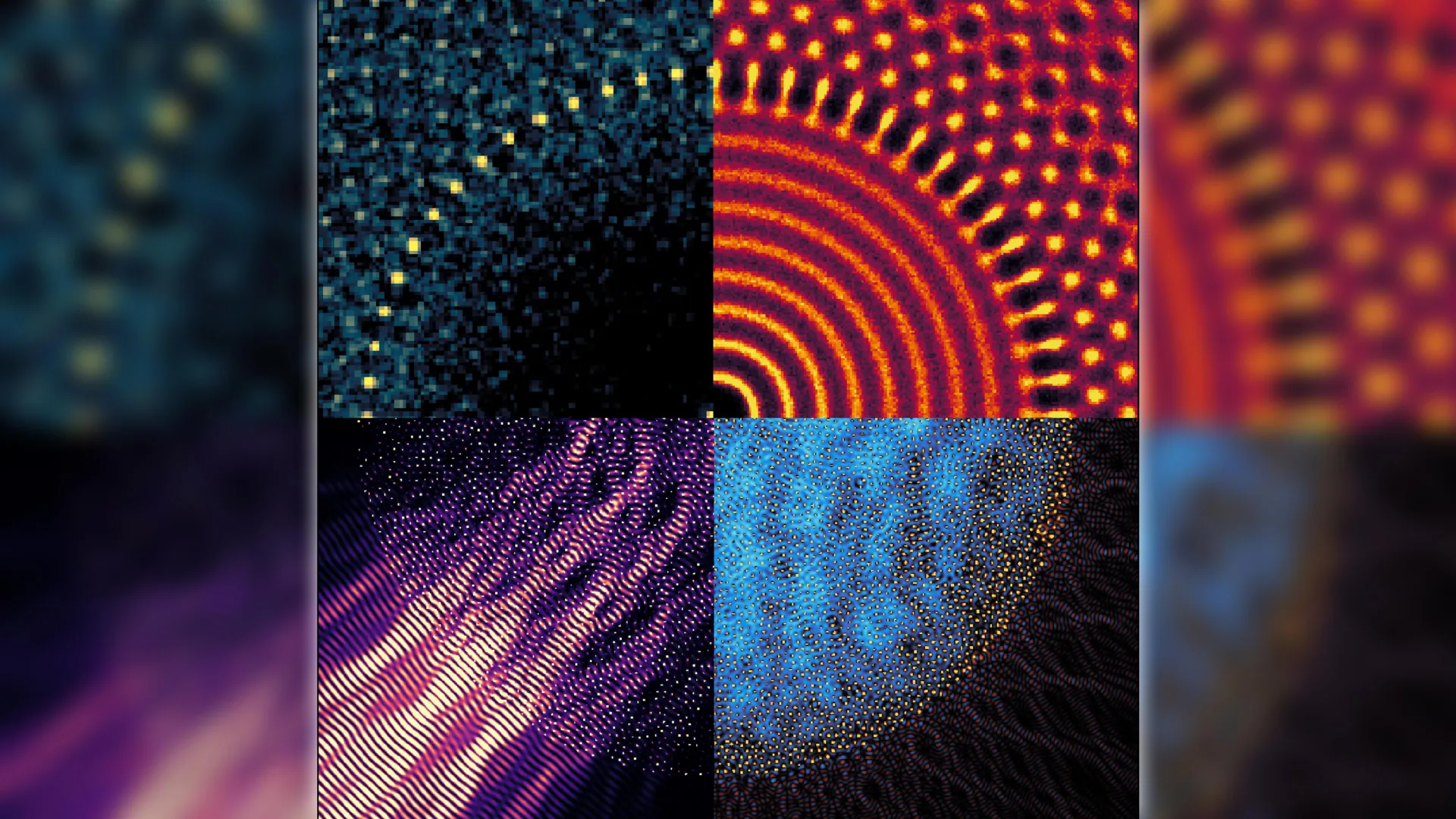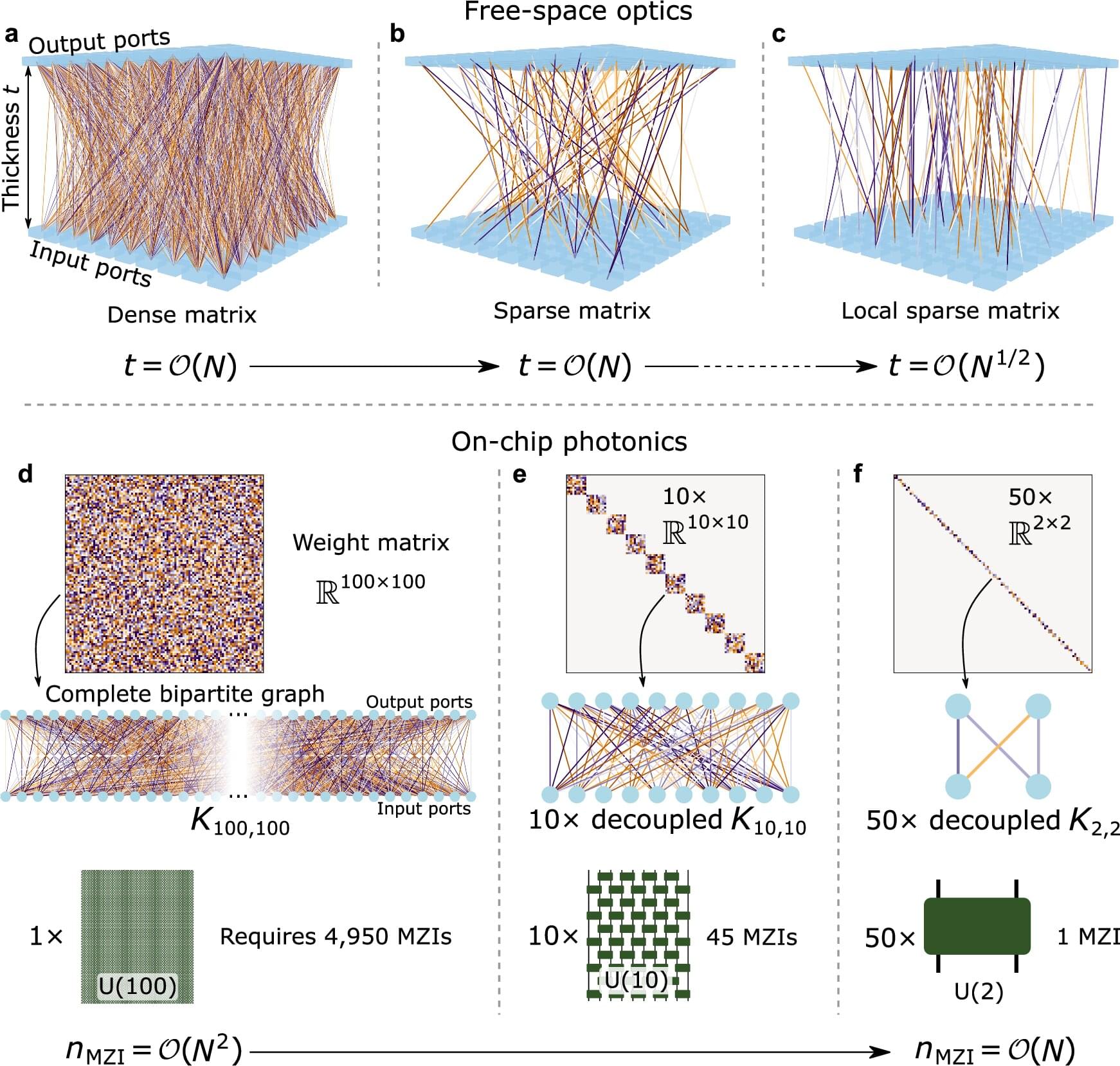Quantum ground states are the states at which quantum systems have the minimum possible energy. Quantum computers are increasingly being used to analyze the ground states of interesting systems, which could in turn inform the design of new materials, chemical compounds, pharmaceutical drugs and other valuable goods.
The reliable preparation of quantum ground states has been a long-standing goal within the physics research community. One quantum computing method to prepare ground states and other desired states is known as adiabatic state preparation.
This is a process that starts from an initial Hamiltonian, a mathematical operator that encodes a system’s total energy and for which the ground state is known, gradually changing it to reach a final Hamiltonian, which encodes the final ground state.
